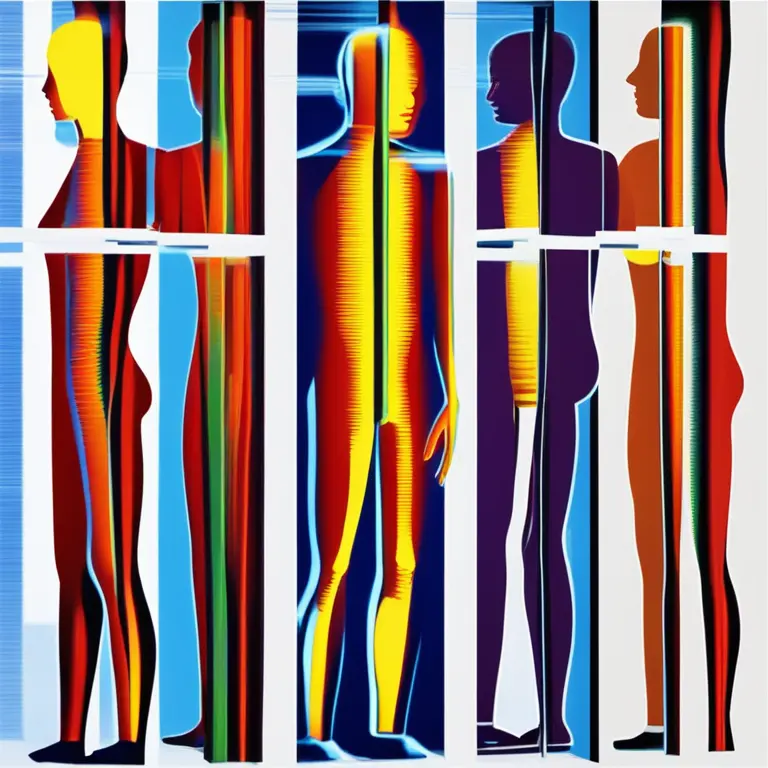
Meditation Techniques for Serenity and Balance
Discover various meditation methods to achieve inner peace and enhance your mental well-being in this concise guide.
article by Hina Kurosawa
Introduction to Meditation
Meditation has been practiced for thousands of years, but it's only in recent years that its benefits have been widely recognized by the scientific community. Initially a cornerstone of spiritual traditions, it has traversed into the secular world as a powerful tool for stress reduction, personal growth, and health improvement. As we move through 2024 and beyond, meditation continues to gain popularity as an essential element of a balanced life. This article will delve into several meditation techniques that have stood the test of time and are compatible with the modern lifestyle.

Focus-Based Meditation
A fundamental form of meditation is focus-based, or concentration meditation, which involves directing your attention to a single point of reference. This could be your breath, a specific word or mantra, a candle flame, or even a steady sound. The goal here is to cultivate a heightened state of awareness and stillness by continually bringing your mind back to the focal point whenever it wanders. Overtime, practitioners can develop improved focus and deeper levels of tranquility.

Mindfulness Meditation
Mindfulness meditation has its roots in Buddhist teachings and is the core of Mindfulness-Based Stress Reduction (MBSR) programs which have gained much acclaim in the wellness community. It involves observing wandering thoughts as they drift through your mind without becoming involved in them. The practice instills a sense of presence, where participants learn to treat thoughts and emotions as temporary and not an intrinsic part of their identity.

Body Scan or Progressive Relaxation
Another effective technique is the body scan, also known as progressive relaxation. This method involves moving one's focus throughout the body to identify and release tensions. Starting from the toes and moving upwards, each body part is tensed and then relaxed. This technique isn't just for meditation; it's also a common relaxation method used to alleviate sleep issues and stress-related somatic complaints.
Movement Meditation
Movement meditation is an active form of mindfulness where movement guides the practice. This can include walking through a garden, practicing tai chi, or gentle yoga. It's particularly beneficial for those who find peace in action and struggle to sit still. Through repetitive and deliberate movements, practitioners can achieve a state of mental serenity, making it an accessible technique for those looking to meditate through their affinity for motion.
Transcendental Meditation
Transcendental Meditation (TM) is a trademarked meditation technique introduced by Maharishi Mahesh Yogi. It involves the use of a mantra and is practiced for 20 minutes, twice a day, while sitting comfortably with closed eyes. TM is popular for its structured and standardized approach and has been widely studied with research suggesting various health benefits, including reduced stress and anxiety.
Loving-kindness Meditation
Loving-kindness meditation, known also as Metta meditation, is the practice of directing well-wishes towards others. It typically involves mentally sending kindness and love to individuals, which can include friends, family, acquaintances, and even enemies. Metta meditation is not only about fostering compassion but is also about breaking down barriers to personal happiness and developing a greater capacity for forgiveness.
Visualization Meditation
Visualization, or guided imagery, involves concentrating on an image or scene that's relaxing or beneficial in some way. This technique often comes to play in stress reduction programs where practitioners are guided through peaceful scenes. Additionally, this form of meditation can include visualizing achieving personal goals, which can be incredibly motivating and uplifting.
Chakra Meditation
Chakra meditation focuses on cleansing and opening the chakras—centers of energy throughout the body. It's a more spiritual and energy-based form of meditation that often involves visualizing colors, chanting mantras, and placing hands on various parts of the body to energize different chakras. This can be a more advanced technique but is deeply enriching for those who engage with the spiritual aspects of meditation.
Choosing the Right Technique for You
Choosing the right meditation technique depends on personal preferences and goals. It may be helpful to try out several methods before settling on one that fits. It's also not uncommon to practice different techniques for different needs, such as focus-based meditation for productivity or loving-kindness meditation for emotional healing. As you explore the serenity and balance these techniques offer, remember to be patient with your progress. The journey is as rewarding as the destination.
Published: 1/18/2024
Modified: 1/18/2024
More predictions
Come back here soon to learn more about yourself and your future


The Science View: Meditation & Brain Health
Delve into the science of how regular meditation practices can influence and improve brain function and overall mental health.


Beginner's Guide to Effective Meditation Techniques
Discover the core techniques for successful meditation and enhance your spiritual journey with this beginner-friendly guide.